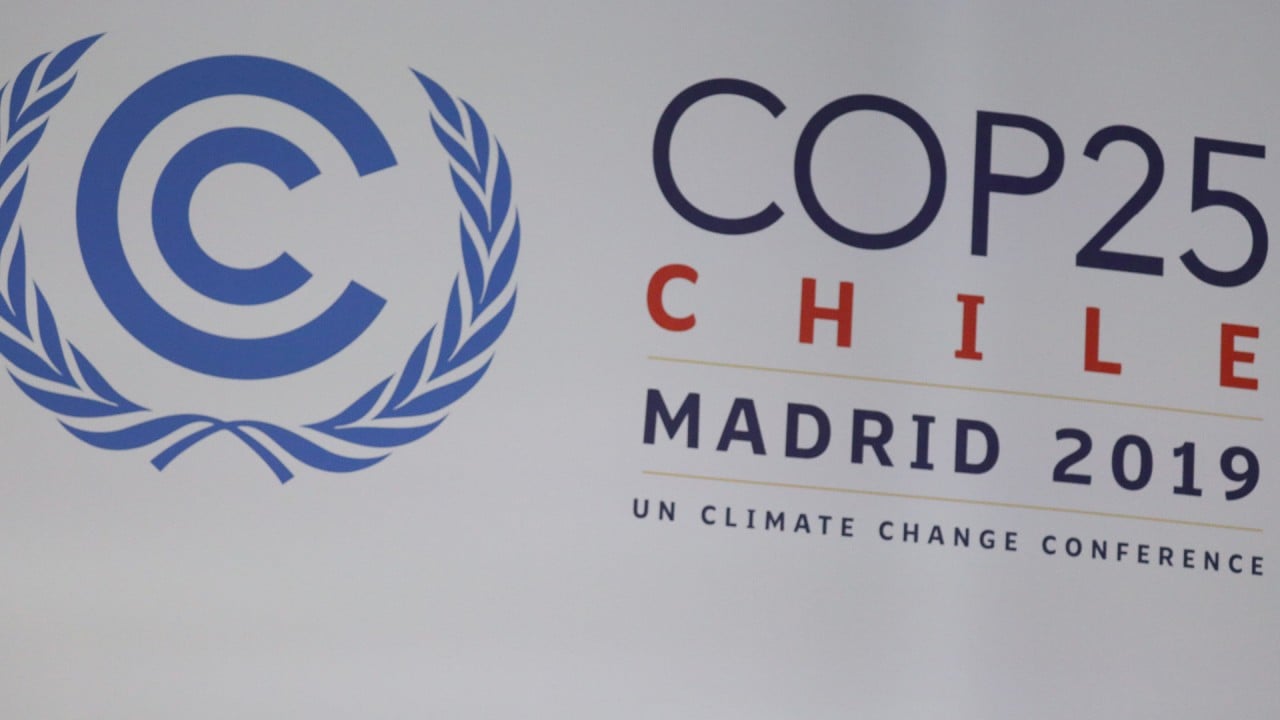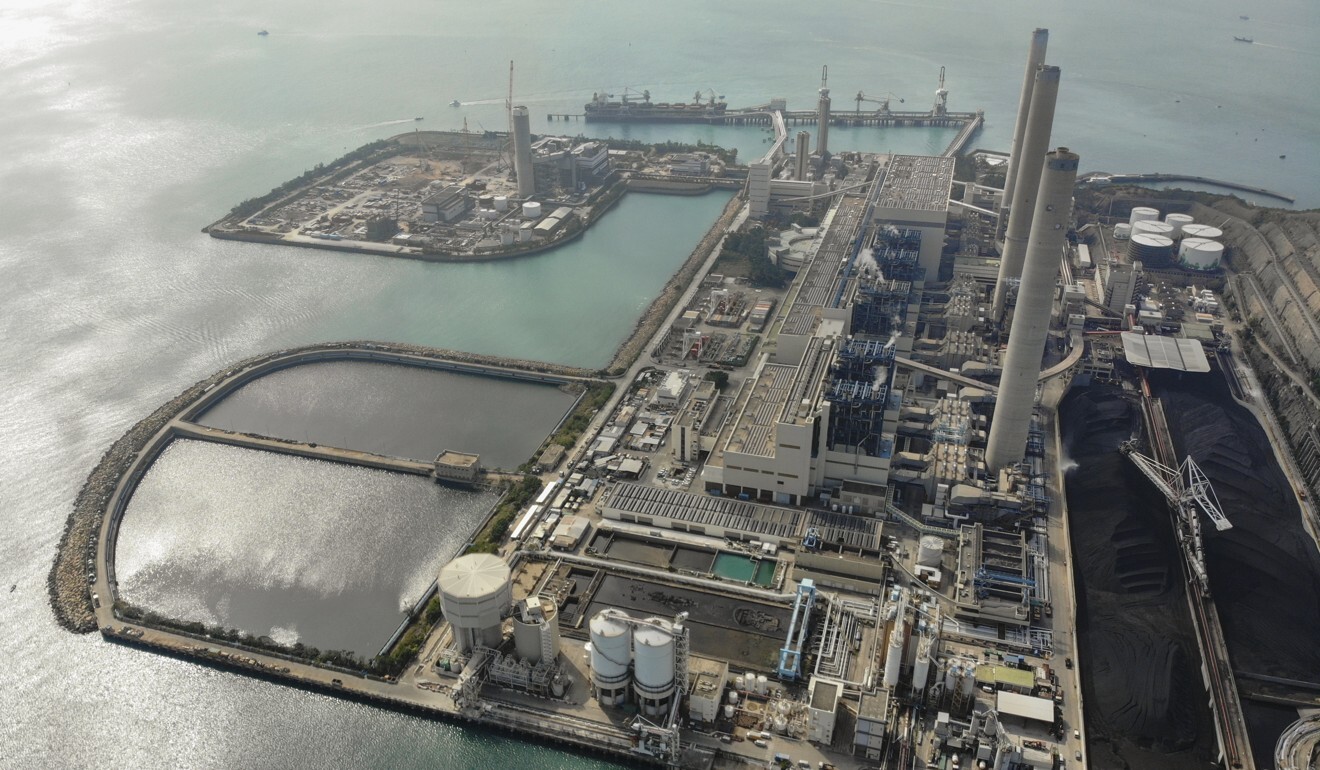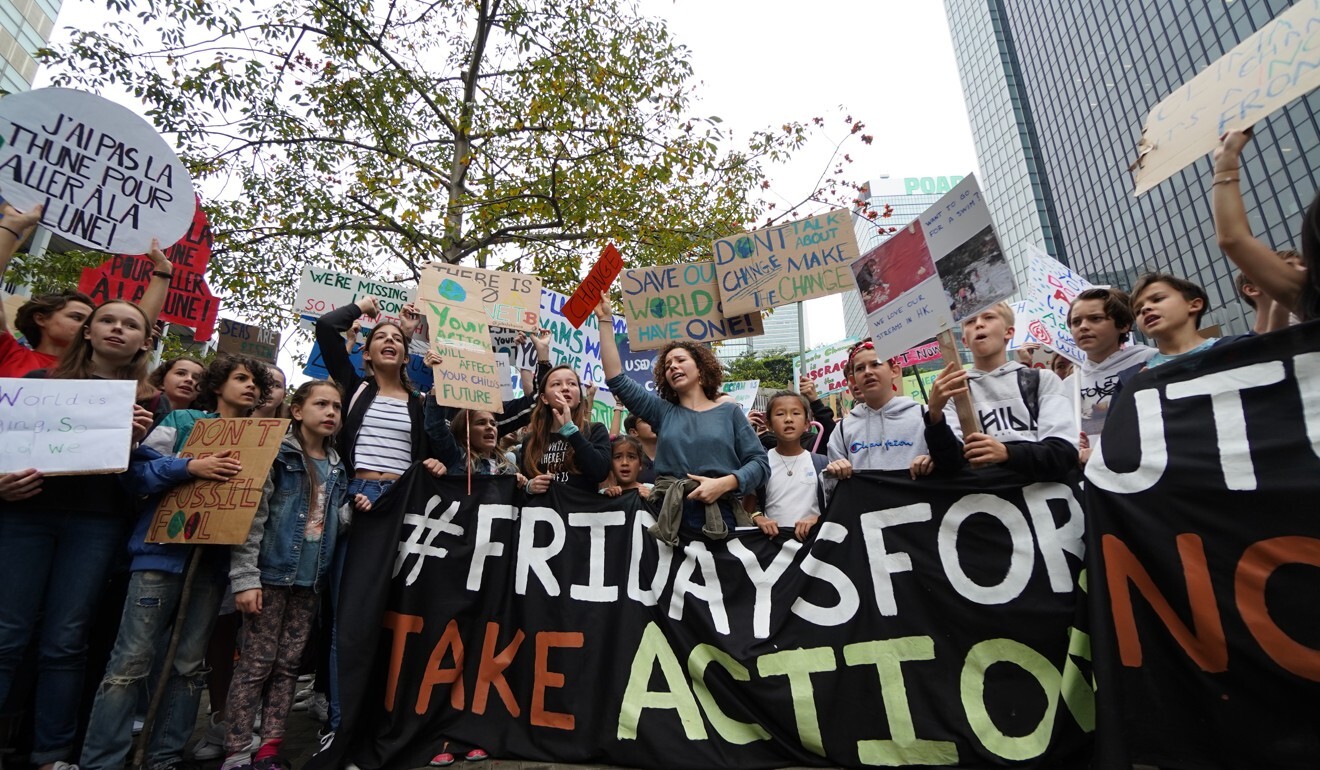
How Hong Kong can reduce its carbon emissions by 90 per cent
- A new report shows that a carbon neutral city is within reach by decarbonising the power sector, improving building efficiency and enhancing mobility
- While many Hong Kong people may feel tackling climate change is something for our future and not urgent, they couldn’t be more wrong – we must act now
In spite of the difficulties and uncertainties brought by the Covid-19 pandemic, there is good news in what Hong Kong has achieved towards its 2030 climate emissions reduction targets as well as how manageable it will be to decarbonise the city in the following years.
That means, if the Hong Kong government steps up with new policies in these sectors and we find ways of offsetting the remaining 10 per cent of emissions, we can build a carbon-neutral future that is greener and more liveable, with minimal pollution, readily available public transport, healthier lifestyles and more. We can build the Hong Kong we want, but to do this we must all play a role in achieving a greener city.
This takes vision and resolve, but we are not a manufacturing centre and our power sector is already moving away from coal. Near net-zero carbon emissions is achievable for Hong Kong, which additionally could assume a leadership role in innovation and action for climate.
Governments have backed the Paris Agreement target of keeping global warming well below 2 degrees Celsius above pre-industrial levels and pursuing efforts to limit the temperature increase to 1.5 degrees Celsius above pre-industrial levels.

01:49
COP25 summit: China regrets inconclusive end to UN climate-change talks
Almost three-quarters of Hong Kong’s gross domestic product comes from sectors that could face disruptions from extreme storm tides as early as 2030, the report says. This would clearly devastate our economy, unless the government takes action.
So, we have no choice but to act. According to the Civic Exchange-World Resources Institute report, our 2030 targets, including 60 per cent carbon intensity reduction and 3.3-3.8 tonnes carbon dioxide equivalent per capita emissions should be achieved under our government’s current policies – largely by switching from coal to gas in our power plants.

But the current course will not set us on a path to net-zero emissions by 2050. For this, more ambitious action is needed. Achieving this goal, which we must do to stave off the worst effects, requires an average annual decline in absolute emissions of 9 per cent between 2030 and 2050 if we wait another decade before starting, or 6.6 per cent if we begin today.
Bright spot amid Covid-19 gloom: Asia’s clean energy push
So how can we get where we need to go? In terms of energy-related carbon emissions, the Civic Exchange/World Resources Institute decarbonisation scenario includes developing local renewable sources, sourcing more low-carbon energy from neighbouring regions, replacing coal with gas coupled with carbon capture and storage, when available, and replacing piped gas with net-zero-emission energy. Estimates are that we could see a decline of 27 million tonnes in power-sector emissions.

03:31
Coronavirus: blue skies over Chinese cities as Covid-19 lockdown temporarily cuts air pollution
Benefits will not only come in improved air, a more mobile and liveable city, but in reduced mortality, including an estimated improvement in life expectancy equivalent to 26,000 lives saved. And the net economic benefit between now and 2050 is estimated at HK$460 billion.
The objectives are ambitious but necessary and will require us to pull together to achieve the greener society we want. Working together within Hong Kong and regionally will also be critical. Climate knows no boundaries, emissions don’t stop at borders; solutions in our case will, of necessity, be regional.

A recent Public Opinion Research Institute survey showed that 80 per cent of Hong Kong people felt that climate change was something for our future and not as urgent now. But they couldn’t be more wrong.
We must act now if we are to build the low-carbon city we want. We have the ability, with innovation and determination, to build this greener vision, so what are waiting for?
Lisa Genasci is CEO of the ADM Capital Foundation and a board member of Civic Exchange. Along with partners, Lisa has helped to establish HK2050isnow.org, a platform for education, research and action to decarbonise Hong Kong. Wee Kean Fong is the deputy China Country Director of World Resources Institute


